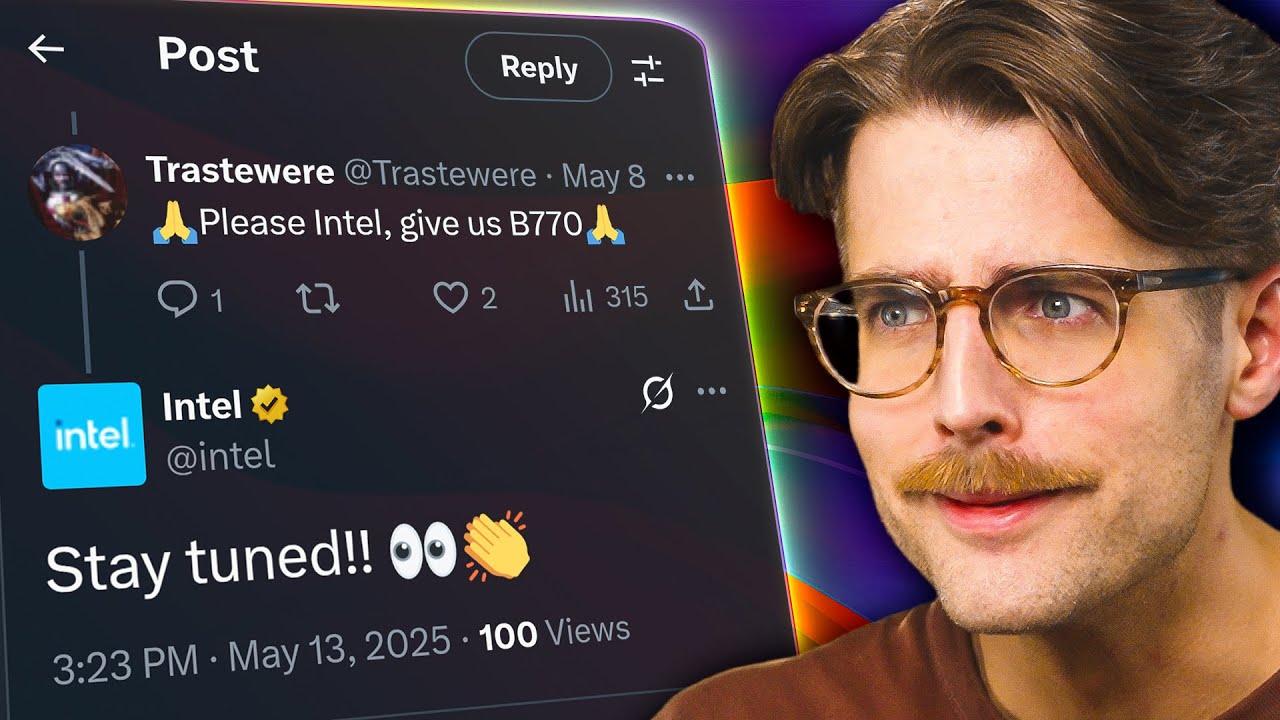As featured on Minecraft Servers Listing
#Piece #Seeker

Closed for Beta, Opening soon!
Beta Testers
Welcome to One Piece: Seeker, a Survival Modded Minecraft server inspired by the anime/manga series One Piece! We are currently in beta and are looking for testers to help us fine-tune the server before our official launch. If you are a fan of One Piece and are interested in helping us out, please fill out and post the form in our discord. Thank you for your interest, and we hope to see you on the server soon!
The Legend Of The One Piece
One day, a group of pirates set out on a great adventure to find the fabled One Piece. After weeks of sailing, they finally arrived at an island where the treasure was said to be hidden. They scoured the island for any clues, but they were all met with dead ends. Frustrated and tired, the pirates decided to take a break.

As they rested, one of the pirates, a young man named Johnson, heard a strange noise. He followed the noise and it led him to a cave. He went inside and found a chest filled with treasure. He yelled to the others and they all ran over.
As they looked at the treasure, they all agreed that it was surely the One Piece. They all cheered and hugged each other, relieved that their long journey had finally come to an end.
But as they were about to leave, they heard more noise coming from deeper inside the cave. They cautiously went further in and found a group of hostile monsters.
The monsters were no match for the pirates and they were quickly defeated. However, during the fight, the cave began to collapse. The pirates barely made it out alive and lost the fabled One Piece
As they walked back to their ship, they all agreed that it was a great adventure and that they would never forget their time spent together.

Server Description
In a world of cubic blocks and pixelated textures, there exists a server called One Piece: Seeker. This server is a survival & semi role-playing server based on the popular manga and anime series, One Piece. Players can create their own characters and embark on adventures in the vast world of One Piece.
The server is constantly expanding, with new areas to explore and new quests to undertake. There are also regular events held, where players can compete for prizes. The community on One Piece: Seeker is friendly and welcoming, and always ready to help new players.
If you’re looking for an immersive and exciting Minecraft experience, then look no further than One Piece: Seeker.

![How about: "Minearchy Adventure Hub [SMP]"?](https://game-drip.com/wp-content/uploads/2024/04/gamedrip-news-trending-2260.jpg)

![How about this for your Minecraft server title?
”WILD SMP [Vanilla] {1.21.5} – Pure Adventure”](https://game-drip.com/wp-content/uploads/2024/04/gamedrip-news-best-480.jpg)

















